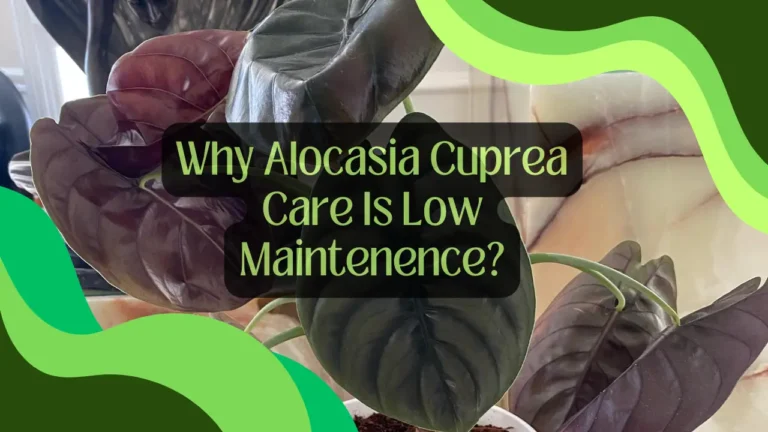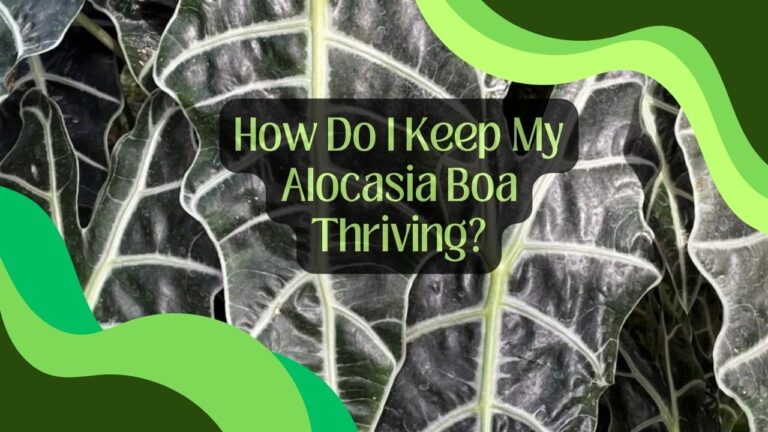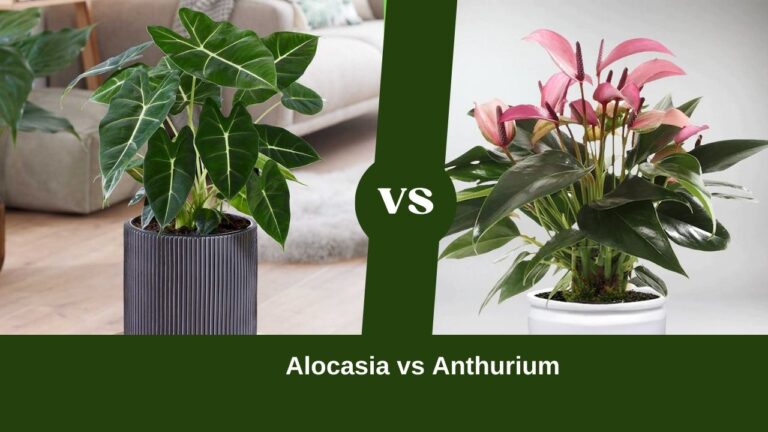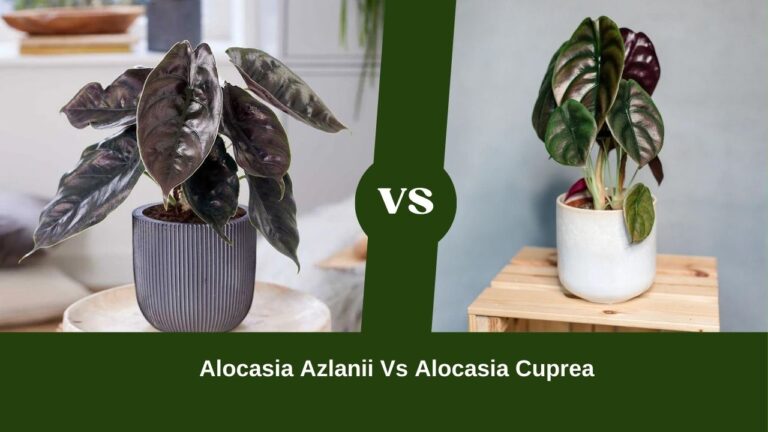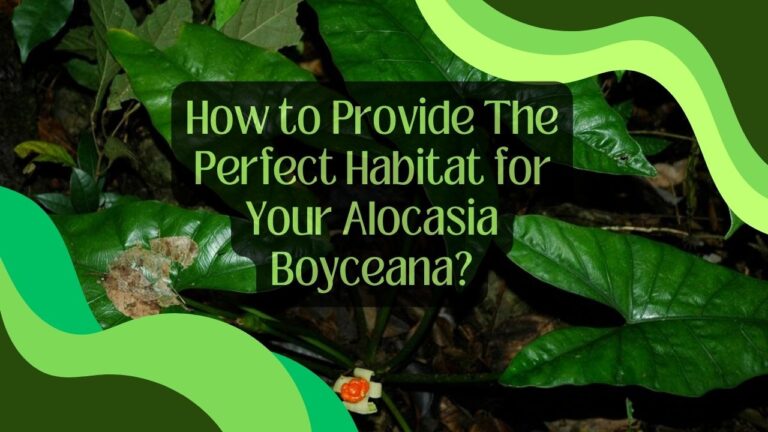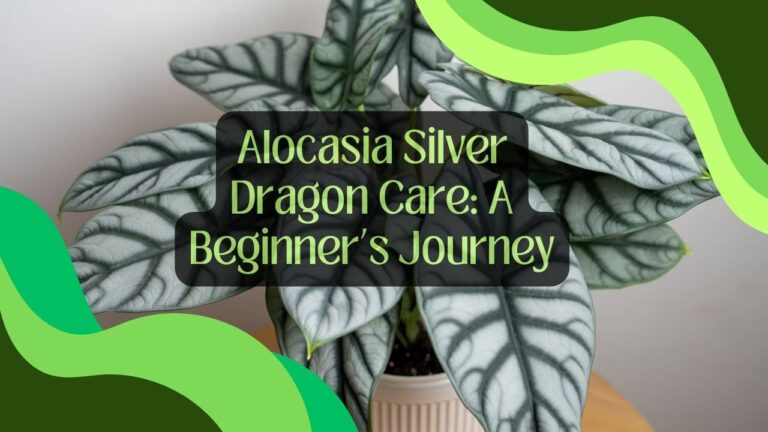Alocasia Frydek Variegated Care Guidebook
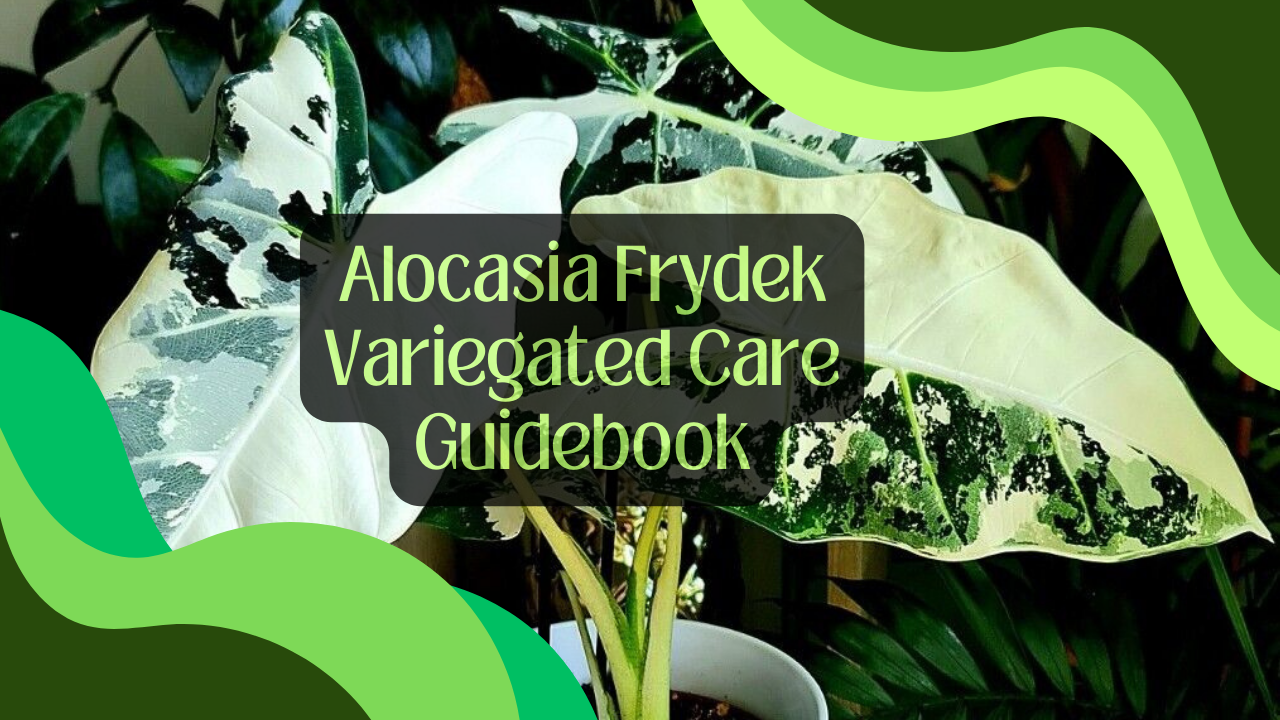
Do you ever stare longingly at travel brochures featuring lush rainforests? Well, hold onto your gardening gloves! The Alocasia Frydek Variegated can bring that exotic vibe right into your living room.
But, how to take care of Alocasia Frydek Variegated? Syngonium wendlandii thrives with the right watering! Water when the top inch of soil dries, and avoid soggy soil. Give it bright, indirect light and well-draining soil. Easy care for a tropical touch in your home!
Let’s explore some easy-to-follow care tips to transform your home into a tropical paradise.
Table of Contents
A Glimpse into the Alocasia Frydek Variegated
First, let’s take a look at the Alocasia Frydek Variegated in a nutshell.
| Aspect | Description |
| Habitat | Native to tropical regions of Asia |
| Growth Habit | Evergreen perennial |
| Plant Type | Herbaceous |
| Foliage | Large, arrow-shaped leaves with variegated patterns |
| Mature Height | 2-3 feet |
| Toxicity | Mildly toxic to pets if ingested |
All the Basic Caring Traits for Alocasia Frydek Variegated Explained
Here, I’ll try to keep every basic caring trait for this Alocasia variant. Let’s check them out.
Watering – The Key to Hydration
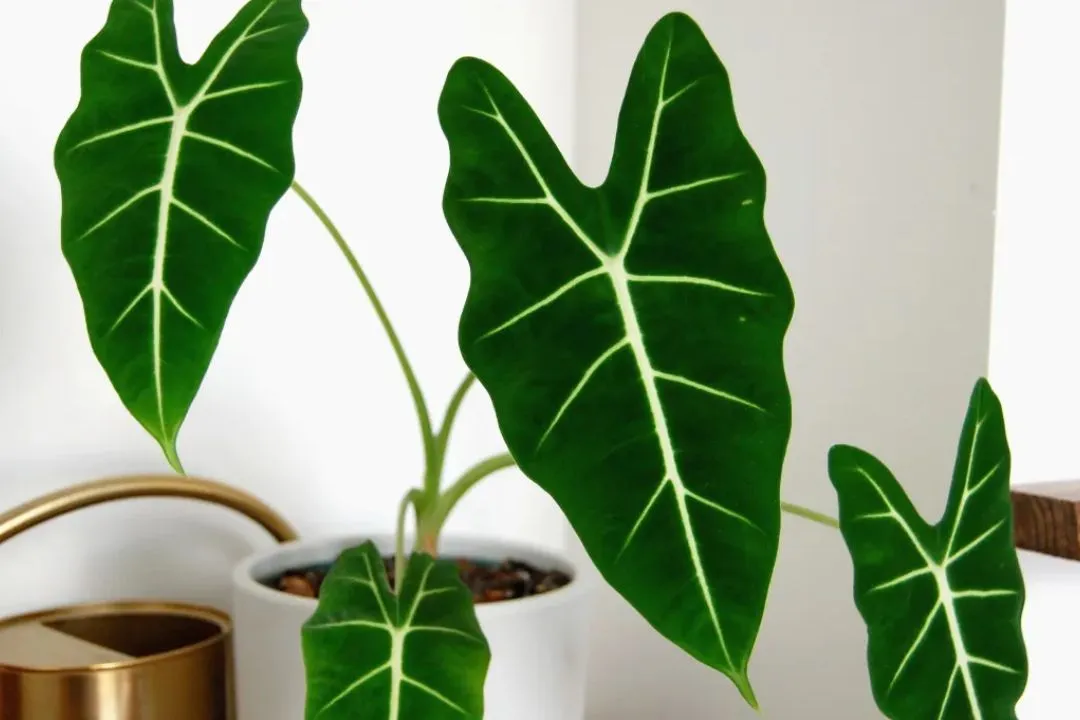
Proper watering is crucial for the well-being of your Alocasia Frydek Variegated. These plants thrive in consistently moist, well-draining soil. Water them thoroughly, allowing the soil to dry out slightly between waterings. Avoid letting the plant sit in standing water, as this can lead to root rot.
Lighting
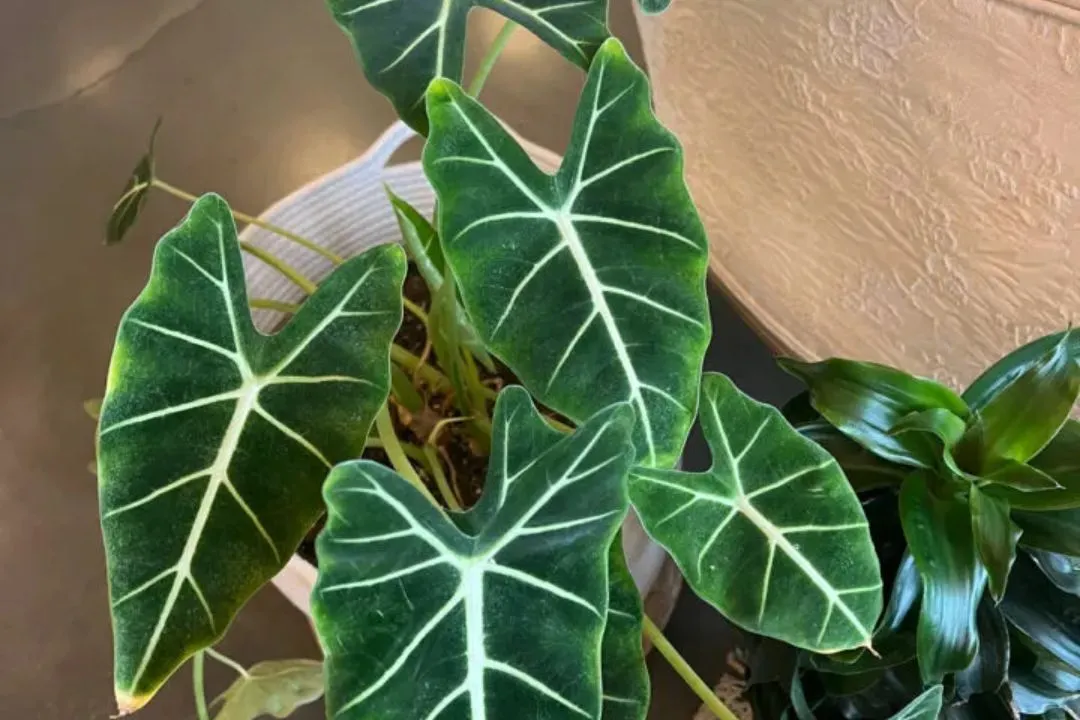
Alocasias appreciate bright, indirect light. Direct sunlight can scorch their delicate leaves, so it’s best to provide them with dappled or filtered sunlight. East or north-facing windows are ideal locations for these beauties.
Soil Requirement
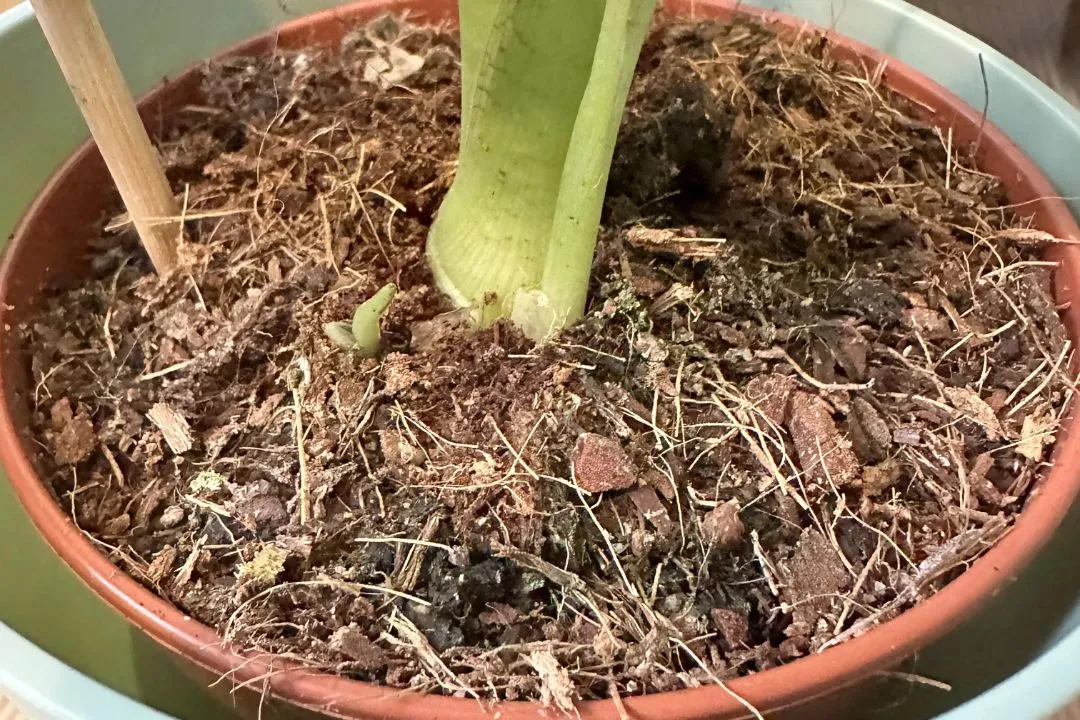
Your Alocasia Frydek Variegated likes its roots to breathe, so keeping the soil damp but not soggy is key. Look for a well-draining mix specifically made for tropical plants. These mixes are formulated to drain quickly and allow for good air circulation.
Fertilizer Frequency

The Alocasia Frydek Variegated thrives with a strategic fertilization regimen during its active growth period. Here’s a breakdown for optimal plant health.
- Seasonal Feeding: Apply a balanced, water-soluble fertilizer during spring and summer (growing season) at a frequency of every 2-4 weeks.
- Nutrient Dilution: To prevent root burn, it’s crucial to dilute the fertilizer to half the recommended strength before application.
- Dormancy Adjustment: Fertilization should be suspended during fall and winter as the plant enters a period of slower growth.
Follow these easy tips to keep your Alocasia Frydek Variegated happy and healthy. It’ll get all the nutrients it needs to keep growing strong and looking amazing!
Repotting And Propagation for Alocasia Frydek Variegated
Let’s take a look at the process of Alocasia repotting and propagation.
Repotting
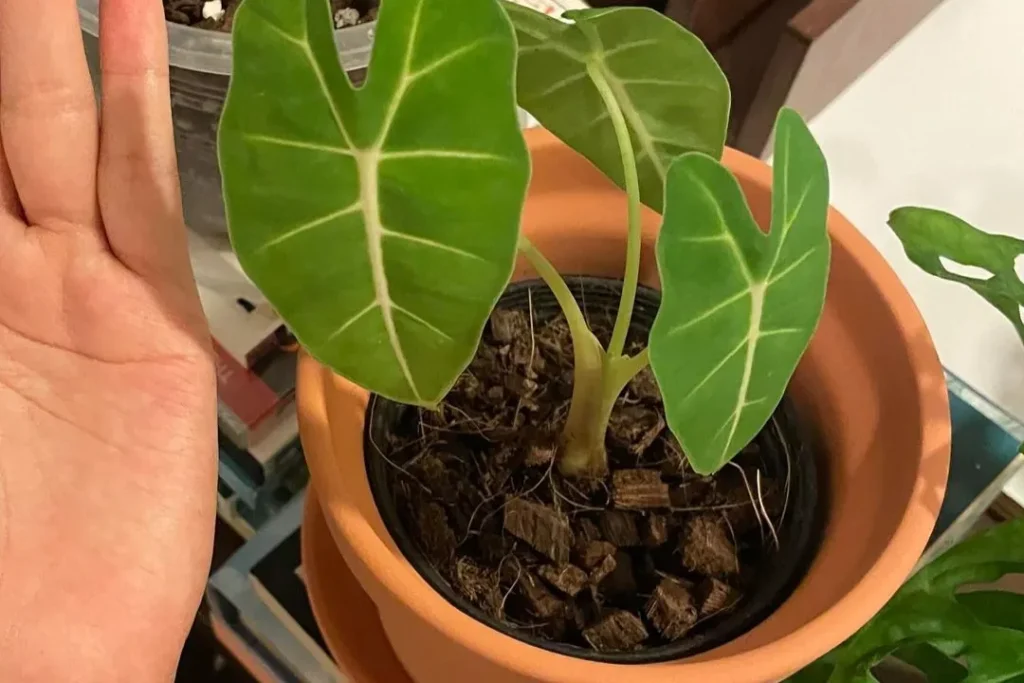
Your Alocasia Frydek Variegated is a growing wonder! To accommodate its expanding root system, repotting every 2-3 years during spring is ideal.
Choose a pot just slightly larger than the current one and filled with fresh potting mix. This ensures ample space for healthy growth.
Propagation
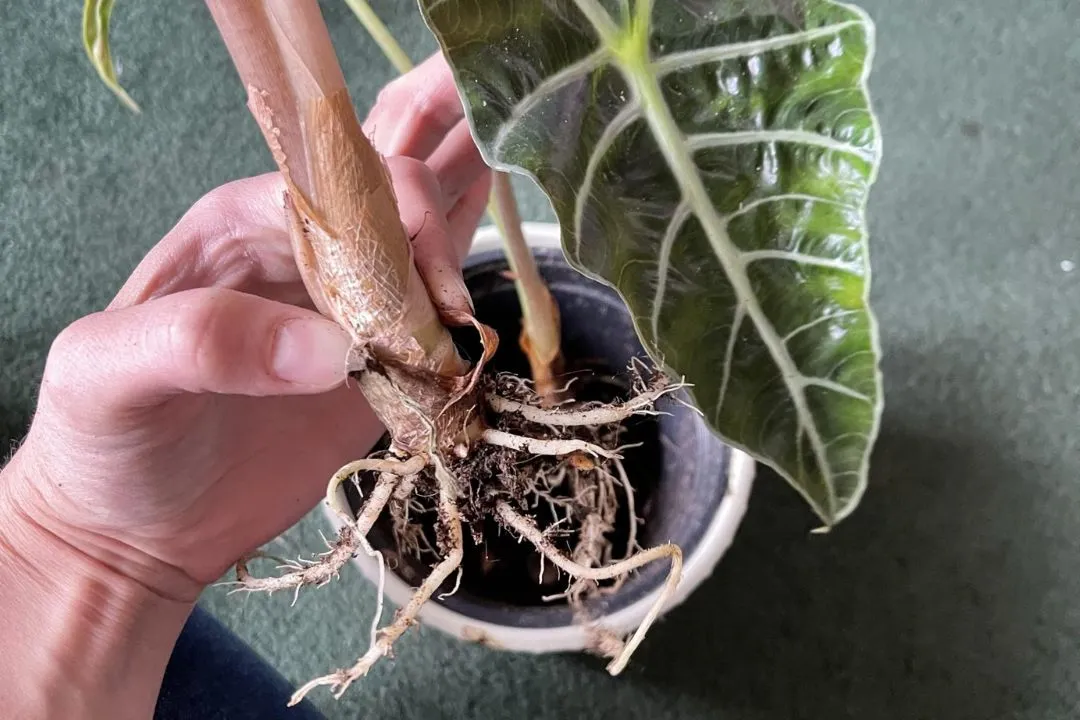
Ready to create more Alocasia magic? Propagation offers two exciting options.
- Division: During repotting, you will discover “offshoots” growing alongside the main plant. These can be gently separated and potted individually, creating new Alocasias!
- Stem Cuttings (Optional): Although optional, but effective! Take a stem cutting with a leaf node and root it in water or a well-draining potting mix. Patience is key, but success will bring you a brand-new Alocasia!
Are Alocasia Frydek variegated Toxic to Pets?
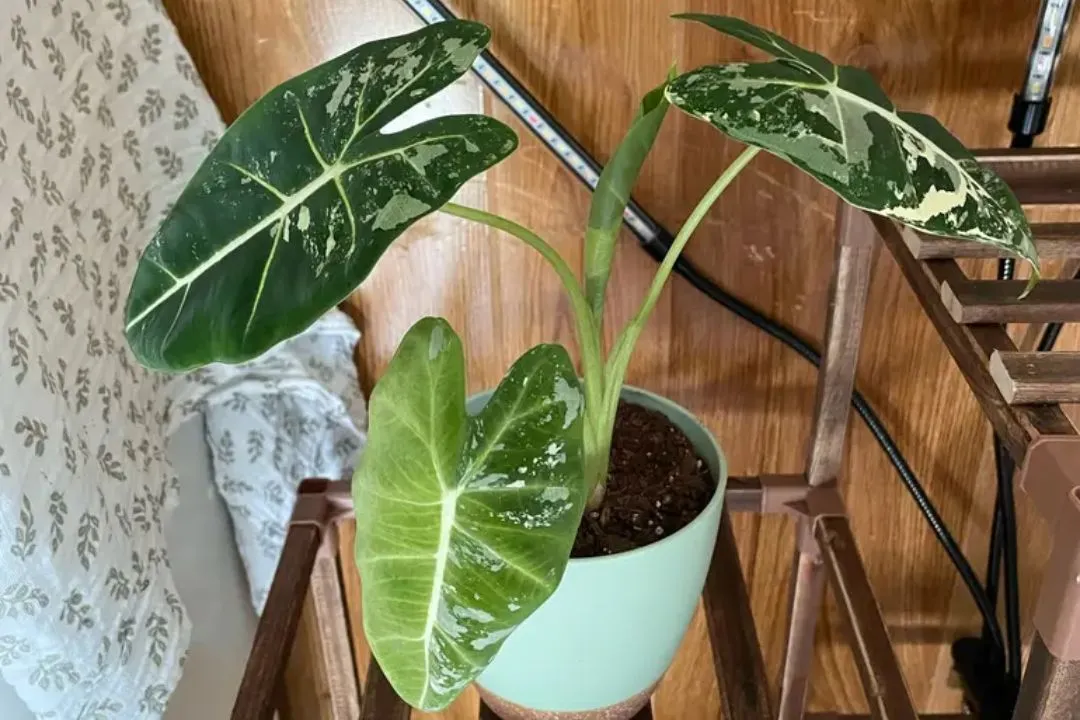
Absolutely, Alocasia Frydek Variegated, like many other Alocasia varieties, poses a danger to curious pets. This is due to the presence of insoluble calcium oxalate crystals throughout the plant.
Symptoms typically include excessive drooling, pawing at the face, vomiting, and difficulty swallowing. In severe cases, depending on the amount ingested, swelling of the mouth and tongue can restrict breathing.
Here’s what to do if you suspect your pet ingested Alocasia Frydek Variegated.
- Remove any remaining plant material from their mouth.
- Do not induce vomiting or administer any medication unless directed by a veterinarian.
- Contact your veterinarian or animal poison control center immediately. Provide them with details about the plant and the estimated amount ingested by your pet.
Remember, early intervention is crucial for minimizing discomfort and potential complications.
This video should help you understanding why all Alocasia variants are toxic to pets.
FAQs
Here are some Q&A for some more information about raising Alocasia plants. I hope it will help you!
Q: Why are my Alocasia Frydek Variegated’s leaves turning yellow?
Yellow leaves can be a sign of overwatering, nutrient deficiency, or improper lighting. Check your watering schedule, fertilize the plant, and adjust its location if necessary.
Q: How often should I mist my Alocasia Frydek Variegated?
Alocasias appreciate high humidity, so misting the leaves a few times a week can be beneficial, especially during dry seasons or in heated indoor environments.
Q: Can I grow Alocasia Frydek Variegated outdoors?
While these plants can be grown outdoors in warm, humid climates (USDA hardiness zones 10-11). Although, they are typically grown as houseplants in most regions.
Conclusion
Bring a touch of the tropics right into your home with the Alocasia Frydek Variegated! This easy-to-care-for beauty boasts stunning leaves that will add a pop of color and life to your space for years to come. With just a little TLC, your Alocasia will thrive, bringing a bit of exotic charm to your indoor jungle.

